Despite Joann’s efforts to find a buyer to keep the retail giant alive, the latest news is that all 800 Joann locations will be closing down, and going-out-of-business sales are starting ASAP—if not already underway.
I know, I know…I wrote about Joann’s downfall last week. But the news keeps newsing, so here we are.
As I’ve been processing this news, I’ve found myself wanting to dig deeper into what actually led to Joann’s demise, beyond the obvious “e-commerce is killing brick-and-mortar” narrative I had heard and shared last week. I guess this means I’ve hit the bargaining phase of the grief cycle?
But, anyway, I’ve been doing some digging around. Here’s a summary of what I learned:
Joann was in trouble pre-Covid, then Covid stay-at-home orders led to a DIY surge (including sewing masks) that helped them grow, leading to an IPO in 2021.
By 2023 things took a turn and on March 18, 2024, Joann filled for Chapter 11 for the first time. They managed to keep most stores open and became a private company again.
Less than a year later, Joann filed for bankruptcy a second time, and that’s proven to be the final nail in the coffin.
That was relatively easy to piece together and not particularly enlightening as to what was actually going on behind the scenes so I was not satisfied with my autopsy results.
And then I came across a somewhat scathing analysis of Joann’s decline by Elizabeth Caven.
My dear readers: it hit a nerve.
Spilling the craft tea
Elizabeth Caven is uniquely positioned to speak on Joann’s decline. She’s a craft-related startup founder, the inventor of “digital sewing,” and the creator of Ditto, an award-winning projector-enabled sewing tool that is sold at Joann’s. Sorry, was.
Her essay, “The Unraveling of Joann Fabrics,” details her frustrating experience trying to help Joann innovate, only to be met with a mix of resistance, incompetence, and a baffling lack of understanding about their own crafter customers.
The whole piece is worth a read. But this particular anecdote left me aghast:
“I was introduced to the ‘head of sewing’ at Joann…[and] within the first 10 seconds of our meeting…the department leader made it clear they had never even seen a sewing pattern out of the package and had no idea how one worked. I spent 30 minutes teaching, the leader of the sewing category, how the Joann customer uses the sewing products found in their stores…the very products this individual was in charge of buying to put on the shelves.”
I swear all the air left my lungs when I read that.
Can you imagine being the “Head of Sewing” at one of the largest fabric sellers in the country, and you’ve never OPENED a sewing pattern?! The audacity!
Now, I’m not saying you have to be a quilter or sewist to be the Head of Sewing at Joann, but I will say that the bare minimum is that you at least open a pattern package every now and then. Maybe watch a YouTube video on “how to sew”?
As someone obsessed with customer experience, this lack of customer understanding and empathy makes my blood absolutely boil. Being customer-centric is usually product and design’s schtick so it’s probably not a surprise I care about this, but regardless of their functional area I believe that it’s a leader’s job to understand their customers. Their needs. Their behaviors. Their pain points. Their joys.
One might argue that it’s more important for a retail executive to have deep financial expertise and focus on supplier relationships, industry trends, etc. But, like, COME ON.
Back to Elizabeth (aka my new queen):
“Clearly, the board prioritized executives with Wall Street experience over crafting industry know-how or even curiosity about what the customers do with the company’s merchandise.”
Sure, Wall Street experience is critical for a publicly traded company, but, ahem, it didn’t seem to help much in Joann’s case…💁
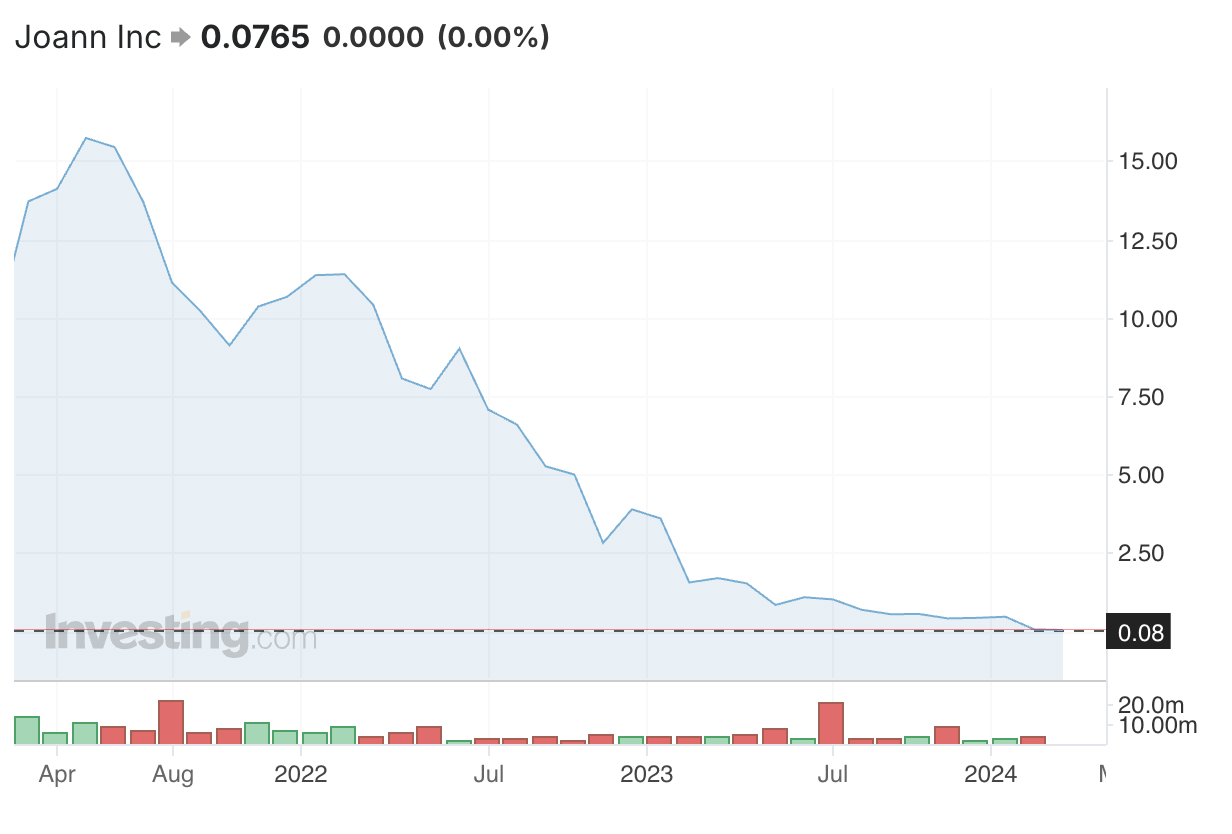
Snark aside, I can imagine that a Venn diagram of “executives with Wall Street experience” and those with craft industry chops probably forms a small-ish union, but at the same time, chops can be built.
Building my chops (a brief ag interlude that I swear is connected to Joann, stay with me)
When I joined an ag tech startup in 2017, I had zero ag experience. But I made it my priority to change that, fast.
I listened in on customer success calls and sales pitches, talked to farmers, seed reps, agronomists…you name it. I devoured farm industry content, articles on agronomic science, etc. And I got out into the field. Literally.
I learned how to collect soil samples with my team, shoving a giant drill into the dirt of a corn field. An agronomist taught me how to determine corn growth stage by counting visible leaf collars on a corn seedling he ripped out of the ground at my feet. I literally got my hands dirty.
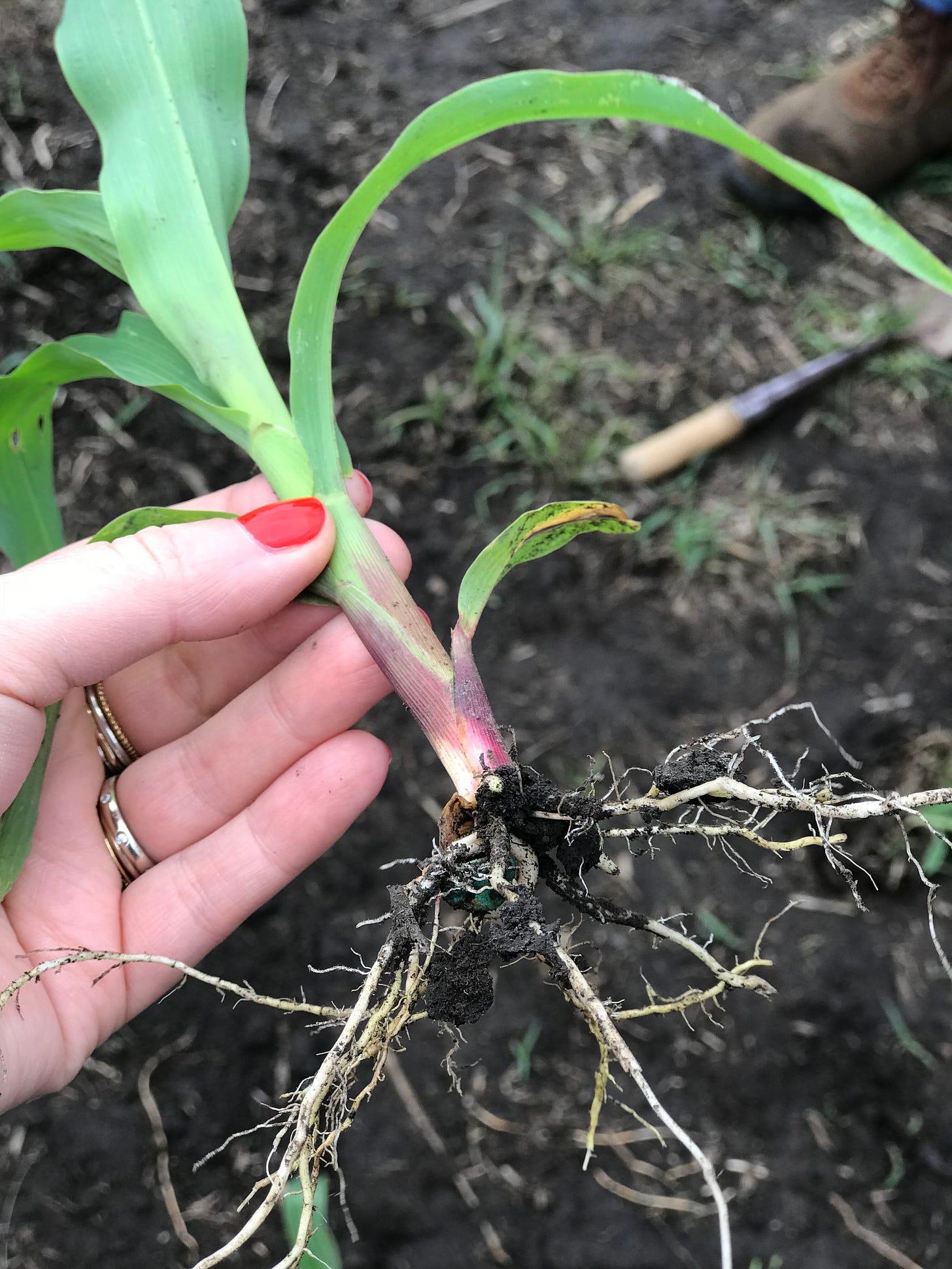
I rode alongside farmers as they harvested corn, sitting in the buddy seat of the combine completely enthralled by the combine header chewing up dried corn stalks.
Pretty hypnotizing, right?
But I was equally enthralled by the farmers’ stories. I learned about how much they looked forward to harvest every year, how grateful they were for autosteer, and how much their landlords didn’t care that they had lost 10 bu/ac on one of their fields. They’d explain all this as the combine chomped away and they expertly aligned the auger with a grain cart driving alongside them, matching their speed and depositing a stream of golden grain into the open back of the cart with shocking precision.
I watched the grain carts fill up semi-trucks waiting on the edge of the field so they could deliver the corn to the nearest grain elevator.
A coworker and I then joined a truck driver as he drove a load of grain to a nearby grain elevator so we could experience the unloading process firsthand. We got to see how he managed the scale tickets before returning to the field to get his next load and repeat the process.
I know that was a lot of ag lingo and details, but believe it or not, that’s just a tiny fraction of what I learned and experienced while working in ag tech.
I had made it my priority to become as much of an ag expert as I could while still performing my official job duties—which was a lot! But I made space for spending time with customers and growing my industry knowledge because how else could I effectively and credibly lead my team if I didn’t understand our customer’s world?
So. Joann’s Head of Sewing: what was your excuse?
(Okay, that was a bit too aggressive. I’m sure they are a lovely person who had lots going on. And I recognize I sound a bit holier-than-thou. But, like I said: this really hit a nerve.)
Customer value is shareholder value
Too often, customer centricity gets treated as a soft skill or something “nice to have” instead of mission critical. But without an obsession with the customer, it’s pretty much impossible to create true customer value. And if you can’t create customer value, how can you possibly deliver long-term shareholder value? The two are inextricably linked.
Elizabeth Caven put it perfectly:
“Unless the North Star of [Joann] becomes the delight of the customer, aligning success to fulfilling the crafting wishes of the makers who seek inspiration and the tools to bring their visions to life, no amount of financial acumen or new money coming in to snatch up the flailing retailer will turn this company around.”
She wrote this piece about a month ago. Sadly, she was right.
Moving to the acceptance phase
After that cathartic rant, I think I’ve reached the acceptance stage of the grief cycle over Joann. Thank you for joining me on that journey. It got a little ugly and I am not proud.
Now it is time to eulogize.
Joann, you provided fabric, patterns (in case Joann’s Head of Sewing is reading this: patterns are typically large, folded up pieces of paper inside of envelopes that you use as templates to cut fabric for sewing projects), sewing notions, and more to millions of crafters in your 80+ years of life. You had some flaws, but you brought so much joy to so many people. Joann, your gravestone deserves to be quite fabulous. But also, a bit of a cautionary tale.
RIP
Here lies Joann Fabric & Craft Stores (1943–2025)
🪡 She had a good run, but, sadly, lost the thread. 🧵
I still feel bad for all of the crafters and future crafters who will soon live in craft deserts. Especially since Joann’s demise feels so wasteful and avoidable. Lack of customer-centricity may not be the official cause of death, but I have to believe that it was a contributory factor.
Practice will always be customer focused
Let’s end on a high note, shall we?
One of the things I love about building Practice is that customer obsession is baked into everything we do. Ben and I both have it in our “professional DNA” and it’s core to achieving our vision for Practice.
We care deeply about the experience of our future users. Not just because we’re craft enthusiasts ourselves, but because we believe that real, lasting business value comes from delighting the people you serve. This is arguably even more important for Practice than other orgs—our mission is all about creating joy through craft, after all.
We’ll continue making tough calls along the way. But 99 times out of 100, I expect our goals and our users’ goals to align. And that makes me really, really excited.
Plus, a big part of our job is to “ride along” with fellow crafters and learn about their experiences and stories. I found harvesting corn so delightful, but witnessing the creative joy of others? Now that is something truly magical ✨
Interested in hosting a “craft ride along”? If you (or someone you know) are passionate about a creative hobby and would be open to sharing your experience, we’d love to chat. Email me at: erica@practicemaking.com.


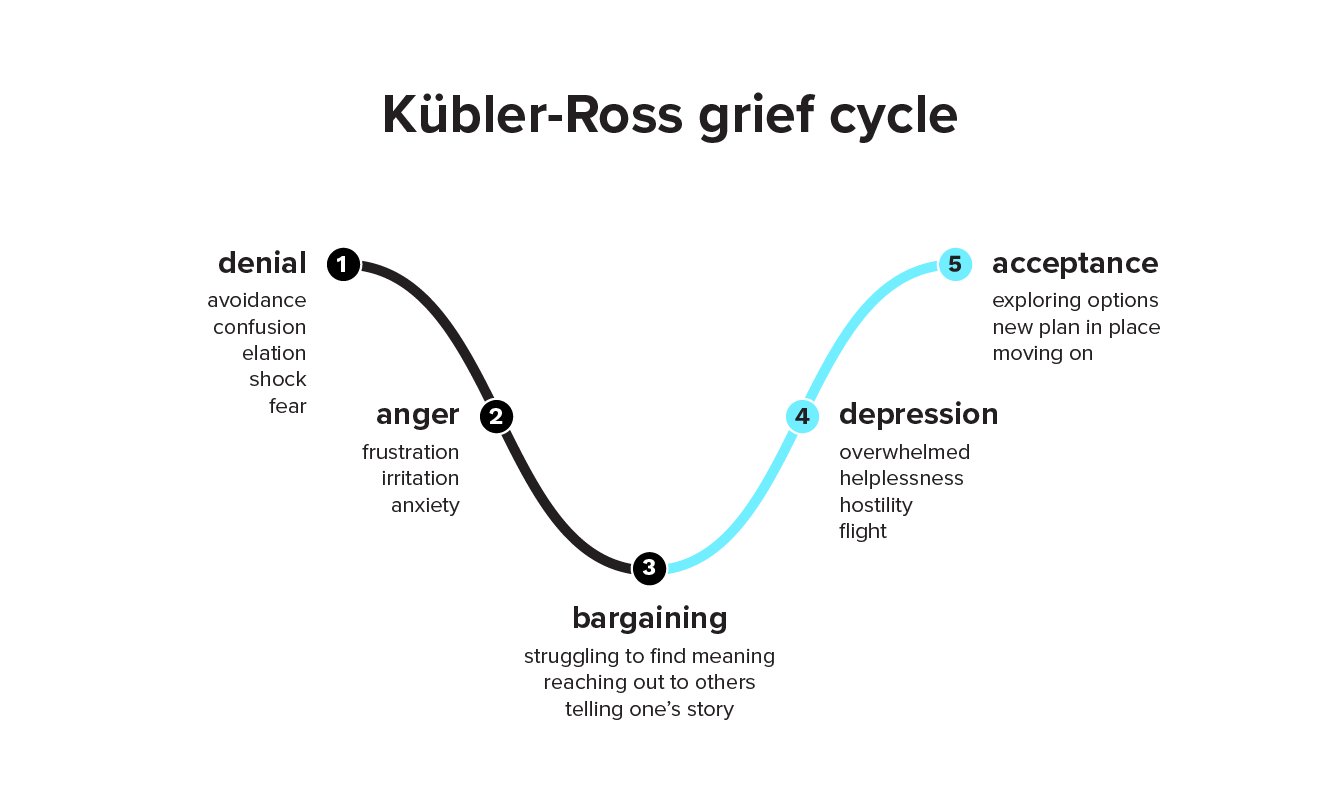
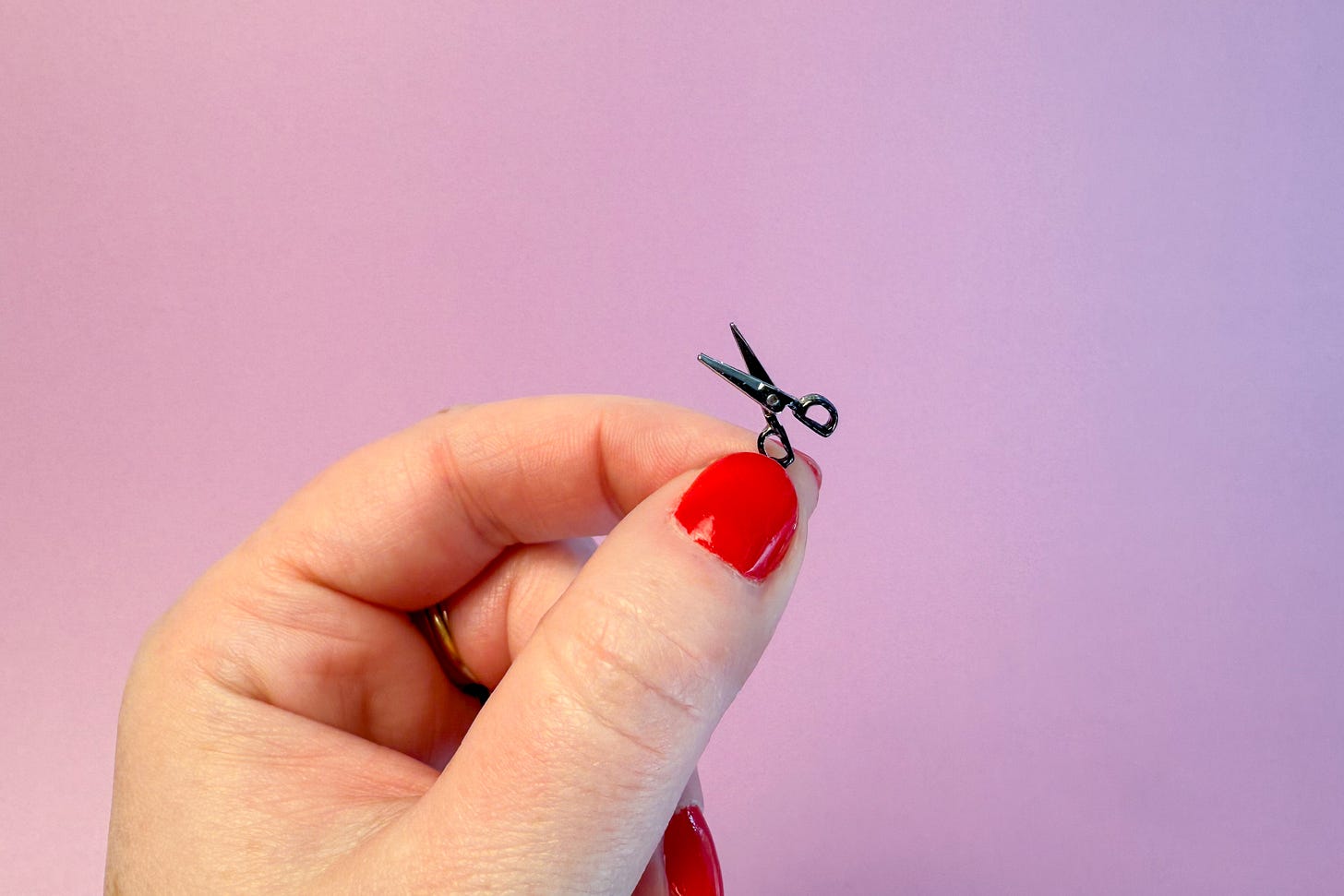
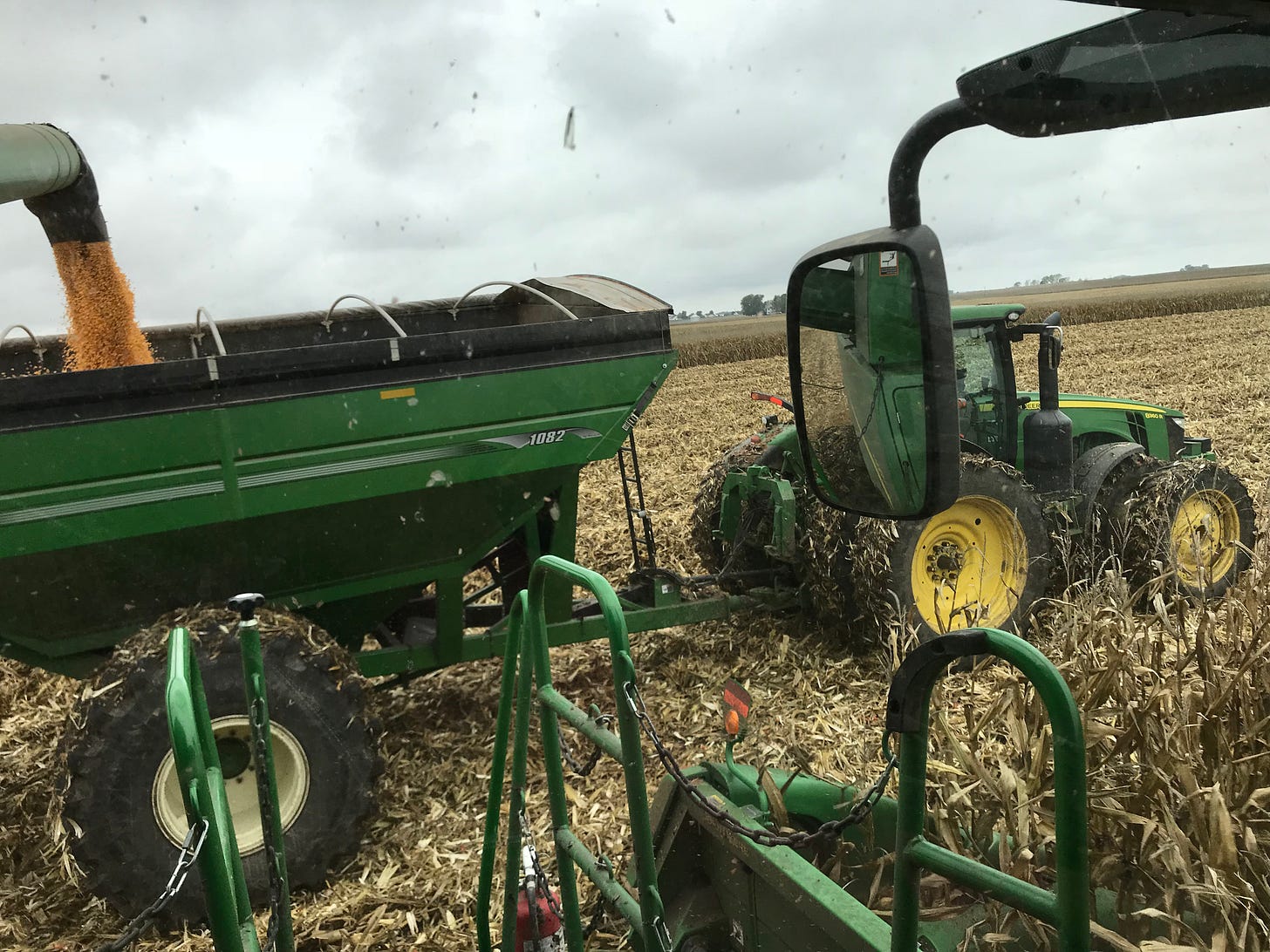
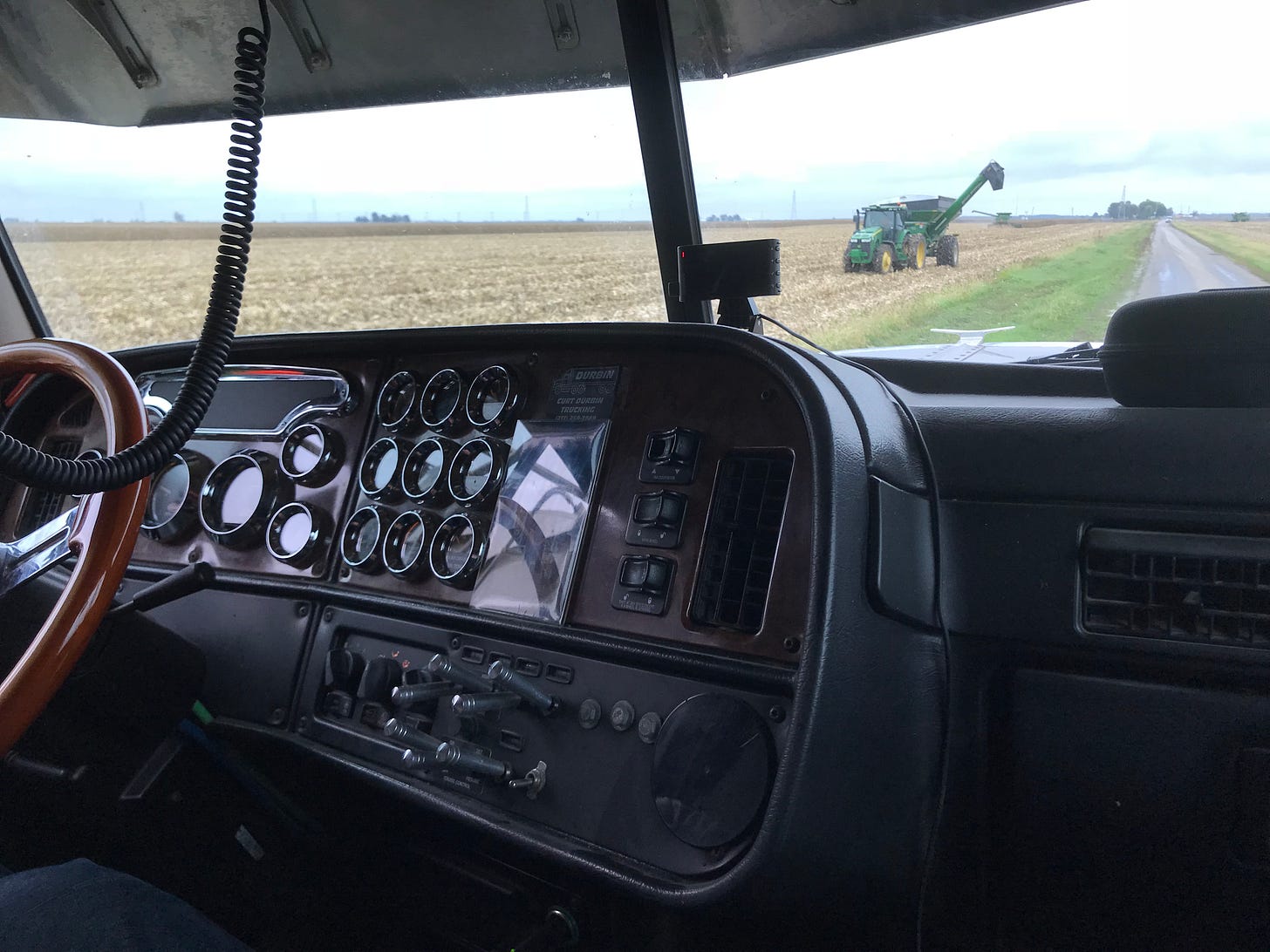
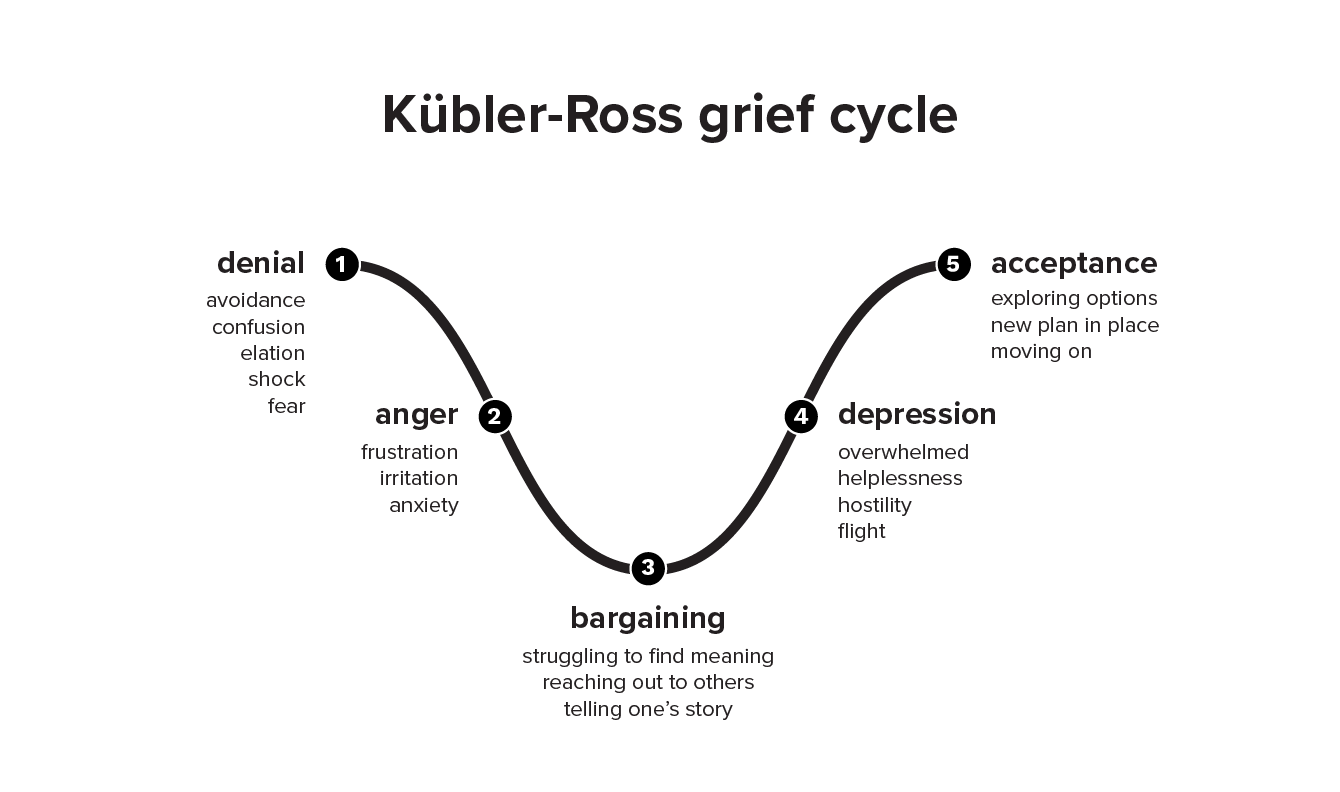
I'm with you in being incredulous about a business person not being close to their customers and having empathy for them and their needs, Erica! Um, how do you serve them if you don't understand their circumstances and context? And as Ariel wrote, I love how you got behind the scenes of the ag world. I love doing that, too. It's so cool to see others' worlds.
So many delightful puns and lessons, Erica! Great job weaving in the ag stories. You have a way with words, a real “hemming”way!